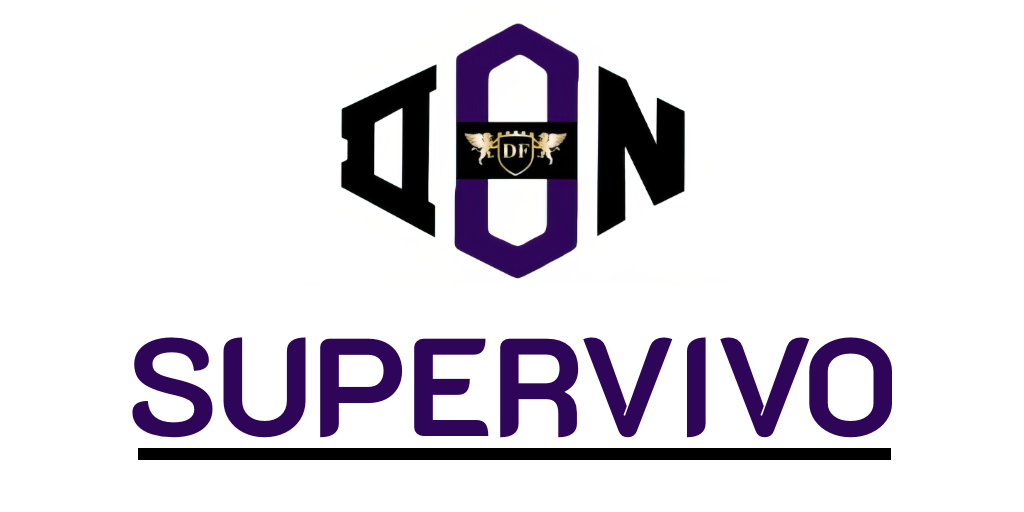In a world increasingly reliant on digital applications, the question “Is your app still usable with slow internet?” becomes paramount. With nearly 40% of UK households experiencing slower download speeds than anticipated, app performance and usability on a slow network are critical considerations. Users require their applications to function seamlessly, even in the face of connectivity challenges. This article explores essential features that can ensure your app remains functional and user-friendly, despite the constraints of a slow internet connection.
Understanding Slow Internet Connection
To fully appreciate the challenges posed by a slow internet connection, it is vital to understand what constitutes slow internet speed. Generally, any speed below 25 Mbps can lead to a frustrating user experience. Various governing bodies, including the European Council, have set benchmarks that define adequate speeds for effective browsing and streaming. When these standards are not met, users may encounter sluggish performance that compromises the functionality of apps.
Defining Slow Internet Speed
Slow internet speed may vary based on individual needs and the specific tasks being performed. For instance, while basic browsing might require a lower speed, video streaming in high definition demands much higher bandwidth. Users experiencing slow internet speed may notice delays in loading webpages, buffering during video playback, or interruptions in online gaming. Understanding these nuances helps identify when an internet connection transitions from merely inconvenient to truly slow.
Common Causes of Slow Network Connectivity
Several factors contribute to a slow internet connection, impacting user experience significantly. Key causes include:
- High traffic periods when many users access the network simultaneously.
- Outdated hardware, including routers and modems that cannot handle current internet demands.
- Limitations imposed by Internet Service Providers (ISPs) that may throttle speeds during peak hours.
- Physical obstructions, such as walls or the distance from the router, which can weaken the signal strength.

Impact of Slow Internet on App Performance
Understanding the effect of slow internet can greatly enhance the experience of users. App performance hinges not only on the efficiency of the software itself but also on the speed of the network. A slow connection can drastically undermine app responsiveness, leading to frustration and decreased user satisfaction.
How Slow Internet Affects App Responsiveness
When users interact with an app, the expectation is for immediate feedback. Slow internet introduces significant latency, which can stall this responsiveness. Users may find that app features take longer to load, delaying actions such as scrolling or submitting data. This sluggishness diminishes the overall experience, often resulting in users abandoning tasks halfway through.
Usability Challenges for Users on a Slow Network
Real-world experiences highlight various usability challenges on slow networks. Users often encounter long loading times and frequent disconnections, which disrupt their interaction with the app. These issues can erode user confidence, ultimately affecting retention rates. To address these challenges, developers must prioritise optimising app performance to cater to less-than-ideal network situations.
Is your app still usable with slow internet?
As technology continues to advance, the importance of app usability on slow internet cannot be overstated. Understanding the elements that contribute to a positive user experience in less-than-ideal conditions is crucial for developers. This section outlines the criteria for assessing app usability and presents real-life scenarios demonstrating how app functionality on slow internet plays out.
Criteria for Assessing App Usability
To determine if an app remains usable in slow internet conditions, several critical factors should be examined:
- Load time: How quickly does the app respond when opened or when navigating between pages? A substantial delay can lead to frustration.
- Interactivity: Does the app allow for user interaction even when the connection is unreliable? Features that can be preloaded may enhance the experience.
- Access to essential features: Are users able to utilise core functionalities without needing constant connectivity? This can significantly impact user satisfaction.
Real-life Scenarios of App Functionality on Slow Internet
Illustrating real-life examples can bring clarity to the challenges users face with app functionality on slow internet. Consider a popular streaming service that often buffers or experiences a drop in quality during playback. Users may find it challenging to enjoy their content, resulting in negative perceptions of the app.
Similarly, in productivity applications, delays in saving work or syncing data can lead to productivity loss. Users expect seamless access to their files and quick responses, even in low-bandwidth scenarios. Acknowledging these scenarios highlights the need for developers to prioritise optimising app usability on slow internet connections.
Key Features that Enhance Compatibility with Slow Networks
As the reliance on mobile applications increases, ensuring slow network compatibility becomes essential. Developers must adopt effective strategies that focus on optimising data usage to provide a seamless experience for users on slower connections. By implementing certain features, applications can mitigate the challenges posed by less than optimal internet speeds.
Optimising Data Usage
Optimising data usage is a critical aspect of enhancing application performance. Developers can employ various techniques to achieve this goal, including:
- Minimising image sizes to reduce the amount of data required for loading visuals.
- Utilising file compression methods to ensure faster downloads without sacrificing quality.
- Implementing lazy loading for resources, which means assets are only loaded as needed, further conserving bandwidth.
These practices contribute to improved responsiveness, making apps more accessible to users with slow internet connections.
Offline Functionality and Cached Data
Another key feature contributing to enhanced slow network compatibility is offline functionality. Applications that integrate cached data allow users to interact seamlessly, even during connectivity lapses. For instance, apps like Spotify enable users to download their favourite playlists for offline listening, while Google Maps permits users to access previously loaded maps without real-time internet access.
These offline capabilities transform user experience, making applications indispensable tools, regardless of internet speed. By prioritising such features, developers ensure their apps not only meet current demands but also stand the test of time in an ever-evolving digital landscape.
Improving User Experience on Slow Internet
In today’s fast-paced digital landscape, the ability to enhance app performance on slow internet is vital for retaining users. By prioritising user testing in specific network scenarios, developers can gain invaluable insights into how their applications function under less-than-ideal conditions. Testing with real users not only highlights areas that need improvement but also fosters a deeper understanding of user expectations and behaviours in various connectivity situations.
Iterative development is key in this process, enabling teams to adjust and refine their apps based on direct user feedback. This adaptive approach not only facilitates the creation of more resilient applications but also ensures that users feel that their input is valued. As a result, this engagement can significantly contribute to a positive perception of the brand and its offerings, ultimately improving user experience even when faced with slow networks.
Moreover, staying informed about the latest technological advancements is essential for developers. As user habits evolve, so too should the strategies employed to optimise app performance on slow internet. By embracing a culture of continuous improvement, developers can create user-friendly applications that not only meet current demands but also anticipate future needs. This proactive mindset not only enhances user satisfaction but also builds strong brand loyalty, ensuring your app stands out in a competitive market.









